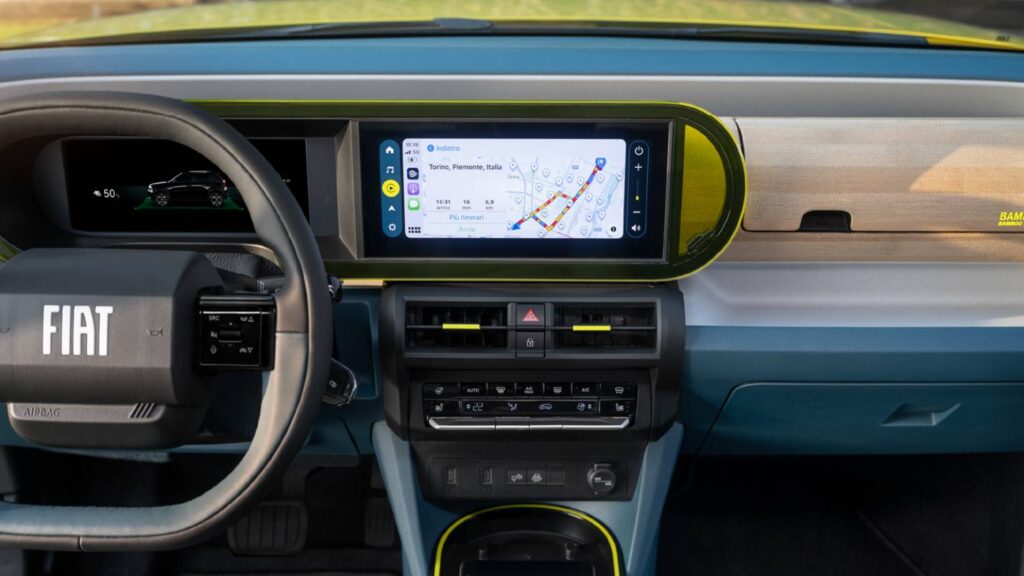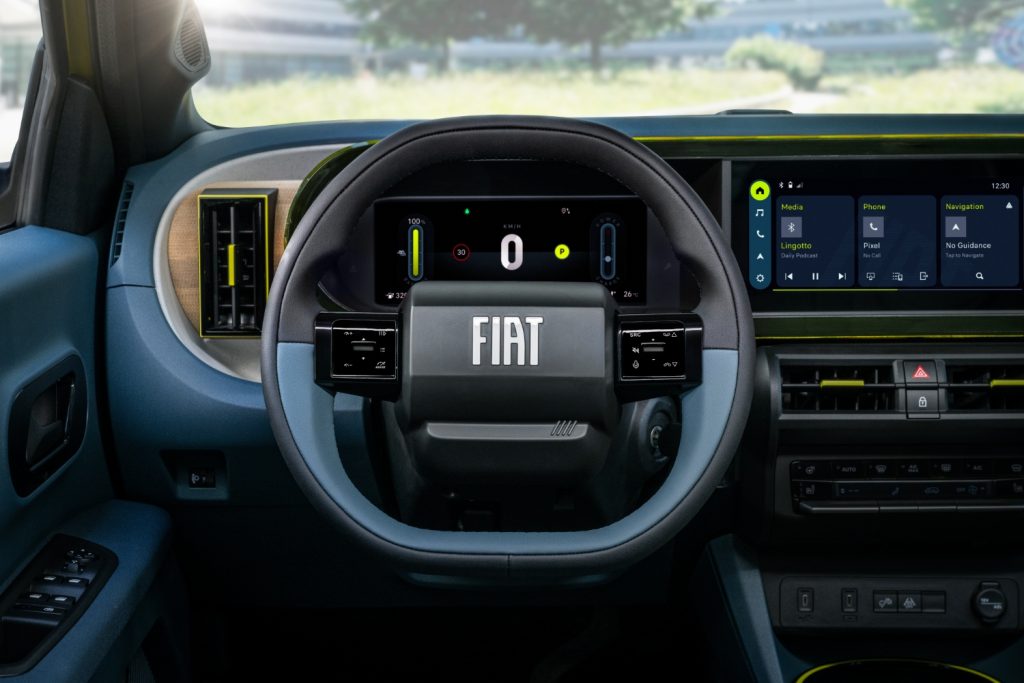The cardboard packaging for beverages has found a new life as part of an innovative advancement in the automotive industry. With the launch of the new Fiat Grande Panda model, the Italian brand becomes the first car manufacturer to incorporate recycled materials from used beverage cardboard packaging into a vehicle.
Each Fiat Grande Panda contains recycled material derived from the fine layers of polyethylene and aluminum used in 140 beverage cardboard packages. This recycled material is used in the plastics of the car’s interior, specifically applied in the central console, the dashboard, and the interior panels of the front and rear doors.

The polyAl, as it is known, is a combination of polymers and aluminum components recovered during the recycling of beverage cardboard packaging. These containers are composed, on average, of 70% cardboard, 25% polymers, and 5% aluminum. This combination is crucial in aseptic packaging, where ultra-thin layers of aluminum and polymers protect food, ensure food safety, and extend shelf life without the need for preservatives or refrigeration.
As the card can be transformed into consumer paper products, such as secondary packaging, construction materials, notebooks, and much more, Tetra Pak has been exploring and expanding commercial applications for the remaining polyAl in collaboration with compound manufacturers and recyclers.

In this way, the components used by the Fiat Grande Panda are manufactured using a polyAl-based compound called Lapolen Ecotek, produced by Lapo Compound.
The choice to place the material in visible parts of the interior, rather than in hidden areas, demonstrates its aesthetic potential. Fiat chose this material because of its shiny effect, generated by the recycled aluminum content, and because the company Lapo Compound was able to match the specific shade of blue required exactly.

This decision to incorporate recycled material from beverage carton packaging is aligned with Fiat’s mission to make cars more sustainable and accessible, in accordance with its “less is more” approach, eliminating unnecessary parts and reducing polluting materials such as chrome and leather.










